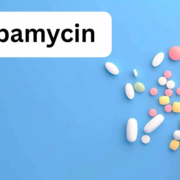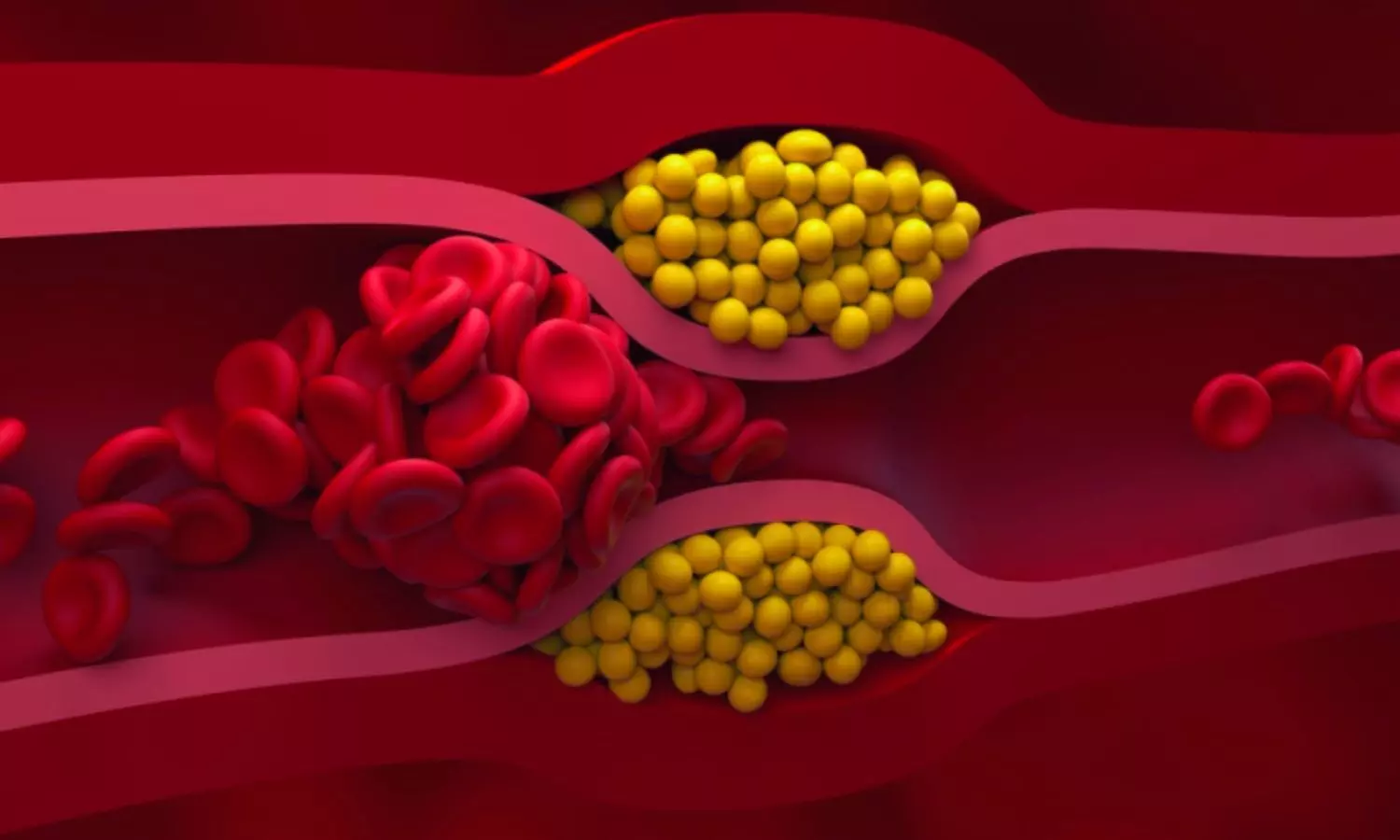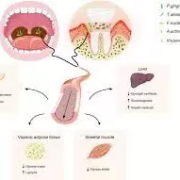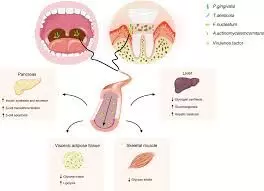Anti-aging drug Rapamycin extends lifespan as effectively as eating less: Study
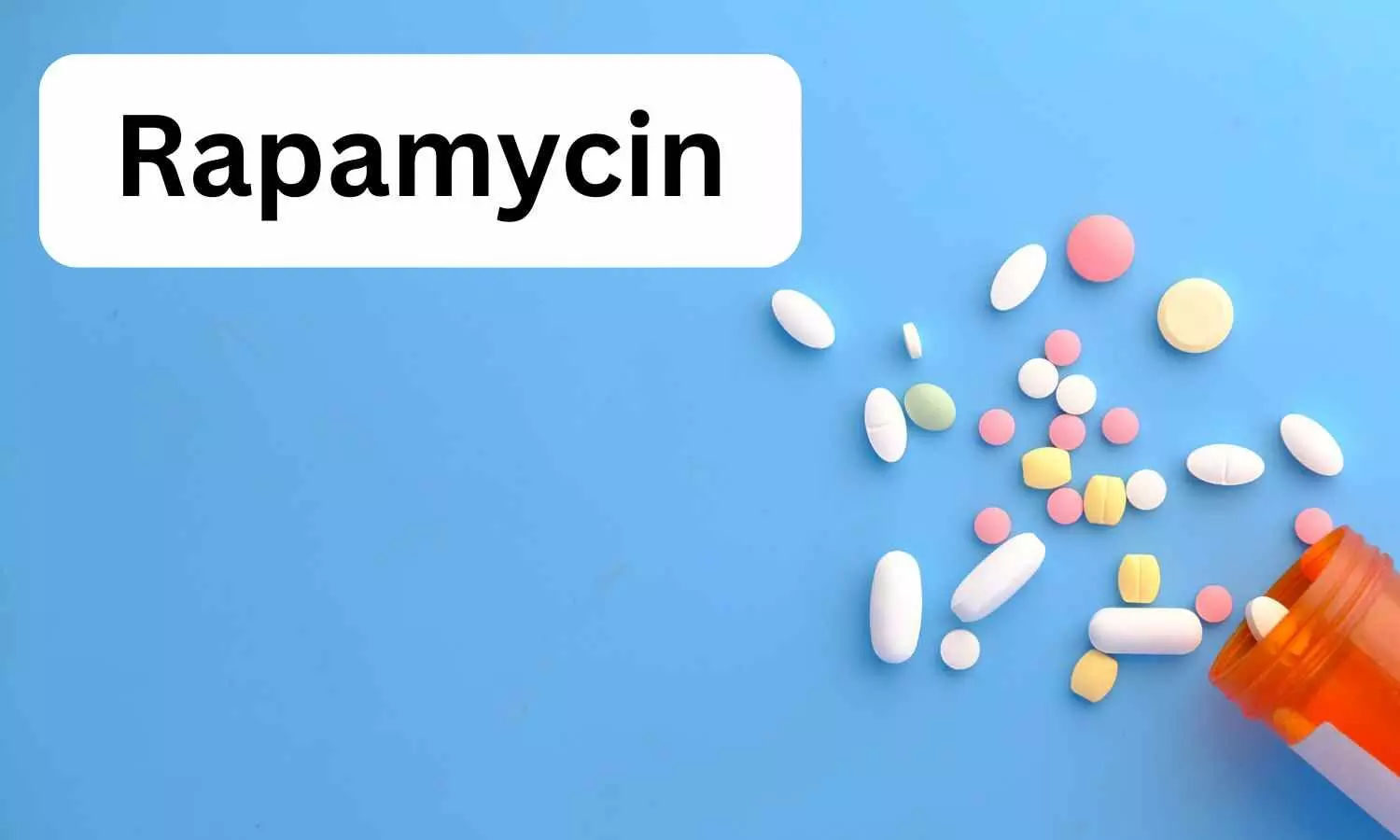
The anti-aging drug Rapamycin has the same life-extending effect as eating less, according to new research from the University of East Anglia and University of Glasgow.
Dietary restriction has long been considered one of the most reliable methods for increasing lifespan across species.But if fasting for hours sounds unpleasant, science may suggest another route to achieving a longer and healthier life.A new study published today reveals compelling evidence that Rapamycin, a compound originally developed as an immunosuppressant, offers comparable life-extending benefits in eight species of vertebrates, not including humans.Co-lead researcher Dr Zahida Sultanova, from UEA’s School of Biological Sciences, said: “Dietary restriction – for example through intermittent fasting or reduced calorie intake – has been the gold standard for living longer. But it’s difficult for most of us to maintain long-term.“We wanted to know if popular anti-aging drugs like Rapamycin or Metformin could offer similar effects without the need to cut calories.”The research team looked at data from 167 studies of lifespan across eight vertebrate species including fish, mice, rats and primates – in this, the largest study of its kind.
They investigated the effect of dietary restriction on longevity – as well as that of Rapamycin and Metformin, both of which have been touted as life-extending drugs.
The team found that Rapamycin extends lifespan almost as consistently as eating less, while the Type 2 diabetes medicine, Metformin, does not.
Key findings:
- Dietary restriction – from intermittent fasting to cutting calories – consistently extended lifespan across all vertebrate species analysed in this study.
- Rapamycin increased lifespan to the same extent as dietary restriction.
- Metformin showed no clear longevity benefit although it is widely used for type 2 diabetes.
- Lifespan gains were the same for males and females, and did not depend on the type of diet restriction.
As scientists continue the search for interventions that can improve our health and help us live longer, Rapamycin may stand out as one of the most promising tools – potentially sidestepping the challenges of long-term caloric restriction while offering similar benefits.
Co-lead researcher Dr Edward Ivimey-Cook, from the University of Glasgow, said: “These findings don’t suggest we should all start taking Rapamycin. But they do strengthen the case for its further study in aging research and raise important questions about how we approach longevity therapeutics.”Dr Sultanova added: “Our findings show that drug repurposing is a promising approach to improving people’s health and lifespan”.Both Rapamycin and Metformin are currently being used in human trials, with results still pending.
The authors note that Rapamycin may have negative effects on the immune system, and further research into safety in humans is necessary, although recent work indicates that low-dose Rapamycin has no serious adverse effects in healthy people.
This research was funded by the Natural Environment Research Council (NERC) and the Leverhulme Trust.‘Rapamycin, not metformin, mirrors dietary restriction-driven lifespan extension in vertebrates: a meta-analysis’ is published in the journal Aging Cell.
Reference:
Zahida Sultanova, Aging Cell, Rapamycin, not metformin, mirrors dietary restriction-driven lifespan extension in vertebrates: a meta-analysis.
Powered by WPeMatico

